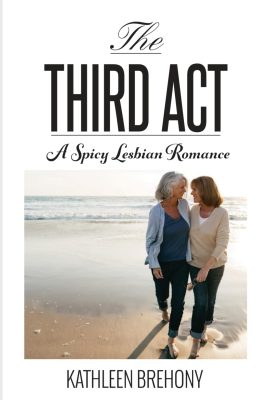|
Listen to or download this article:
|
Janice S. Ellis, Ph.D., introduces the journalistic theories of Walter Lippmann in her new non-fiction work, Shaping Public Opinion: How Real Advocacy Journalism™ Should be Practiced.
Walter Lippmann, considered one of the foremost journalists in the field over the last 100 years, was a mentor in absentia of Dr. Ellis in the art of advocacy journalism. During Lippmann’s 40+ year career, his columns were syndicated in over 250 newspapers nationwide and over 25 other international news and information outlets. Lippman focused on the ethical dissemination of information, especially about communities, society, and the world. A theory, which Dr. Ellis calls Real Advocacy Journalism™.
Real Advocacy Journalism™ theory pertains to foundational behavior and ethical standing for those who report on, translate, and share information with the masses. This theory identifies the tension between individualism and collectivism, the private sector and public sector, the ruling elite, and the dormant masses.
Real Advocacy Journalism™ eschews demagoguery and tribalism for a belief that reason, logic, facts, truth, and clear graphic language are the most effective instrument of public persuasion.
Remarkably well researched, Dr. Ellis shows throughout the book how Lippmann identified challenges to factual sharing of information and how he spoke to the importance of choosing words wisely.
Three tasks every journalist must consider in the pursuit of Real Advocacy Journalism, 1—separate words and their meanings in order to disentangle complex ideas, 2.-be effective at creating a visual picture to explain the words and concepts used, and, 3.-have a good understanding of the traits and characteristics of the target audience.
Lippmann knew the impossible task of considering everything that the typical listener may utilize in their life as a filter of information. As the audience grows, the number of common words and references diminishes. The information becomes more abstract, lacking a distinct character of its own. This phenomenon leaves the general audience to interpret the message as they see fit, not necessarily equal to the original information. Age, race, gender, social standing, mood, and “his place on the board in any game of life he is playing” inform how information is understood. The journalist must set the highest goal to clarify, evaluate and draw conclusions for readers and listeners too preoccupied or too removed from the actual events to judge clearly for themselves.
The problem occurs when the constant feed of partial information is based on opinion and not wholly on facts.
Information in its most proper form may be perceived as dull and uninteresting. To gain viewers, “opinion news” sources have become increasingly personal and deliberately dramatic to stop the viewer from tuning out or turning the channel. Not having the time, energy, or understanding to draw their conclusions, the listener accepts this partial information as truth.
Ellis cites Robert O. Anthony as saying, “The secret to Lippman’s ability to reach such a wide audience lay in his expert understanding of the information, his reasonableness of temper, his complete honest and profound attachment to the principles of liberty.”
Lippman’s “survivors,” Kennedy, Schlesinger, and others claim Lippman taught them how to think.
He perfected a rare ability to impose verbal order on chaos. Even when wrong, corrected, or later expanded on, the goal was not to be the only voice but to be like “the village light post.” Ellis’ book exposes the dangers of “opinion news” and how very counterproductive “celebrity journalism” truly is, as it puts profits and popularity (ratings) over actual truth.
Ellis encourages readers to research and discover the meaning of the words being used to grasp the whole picture of what any news source presents. Shaping Public Opinion: How Real Advocacy Journalism™ Should Be Practiced won Grand Prize in the 2019 CIBAs, Nellie Bly Awards for Longform Journalism.












Leave A Comment